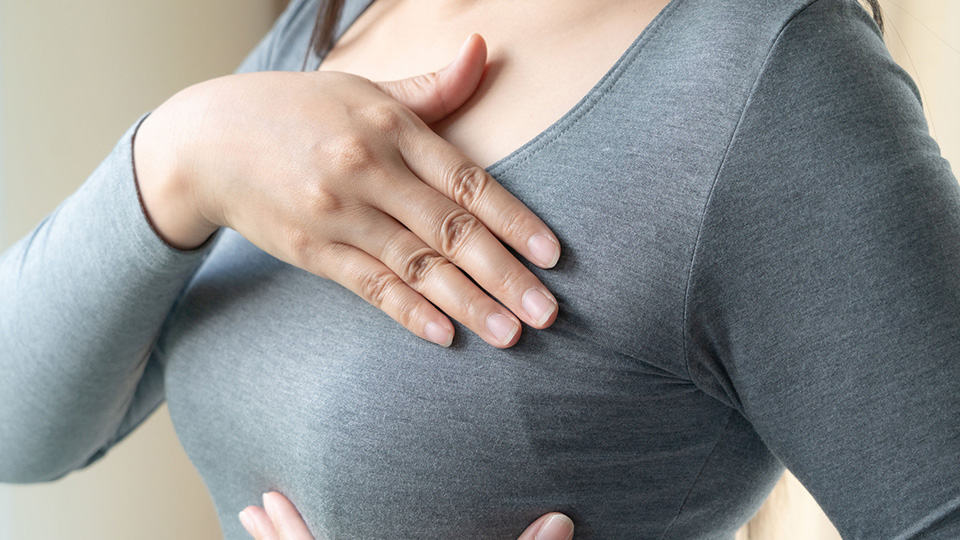What you should know about a mammogram

According to the Singapore Cancer Society, breast cancer is the most common cancer occurring among women in Singapore with over 2,000 women annually diagnosed with breast cancer. One in 13 women in Singapore will get breast cancer in their lifetime. While this statistic is daunting, early detection increases the chance of survival of breast cancer and leads to better patient outcomes.
The mammogram is the most reliable screening tool available today for breast cancer, with the ability to detect presence of cancerous lumps even before you are able to feel them by hand. What is the mammogram and what are some key things you should know about this screening test?
#1 Mammograms can help detect early stage breast cancer

#2 Frequency of mammograms recommended depends on age and other risk factors

- Screening once every two years for women aged 50 years and above
- Screening annually for women aged between 40-49 years
- No screening for women below 40 years is recommended
For women who may have risk factors it is recommended that they seek advice and consult from their gynae about the frequency of screening. High risk factors include:
- History of breast cancer in several close members of the same family
- History of other cancers especially cancer of the ovary and colon as well as breast cancer in members of the same family
- Breast cancer suffered by a close relative under the age of 40 years old
#3 Mammograms are safe

Some women may be concerned about the level of radiation used during mammograms and be deterred from screening because of that. However, current mammograms use a very low level of radiation that has negligible effects. According to the American Cancer Society, it is estimated that a screening mammogram produces the same amount of radiation that a woman would be exposed to in her natural environment over a timeframe of seven weeks.
The benefits of mammograms far outweighs any risks allowing early stage detection of cancer that in turn can result in better patient outcomes in terms of recovery and also helps manage costs – treatment for early stage breast cancer is less radical and less costly.
If you fit the above screening criteria for a mammogram or are due for your next mammogram, book and pay for your appointment seamlessly online today!
Be the First to Know!
Like what you see? Receive more health and wellness articles from Raffles Medical Group to aid you in leading a healthy lifestyle.
Sources:
https://www.singaporecancersociety.org.sg/get-screened/breast-cancer/mammogram.html
https://www.moh.gov.sg/docs/librariesprovider4/guidelines/cpg_cancer-screening.pdf


